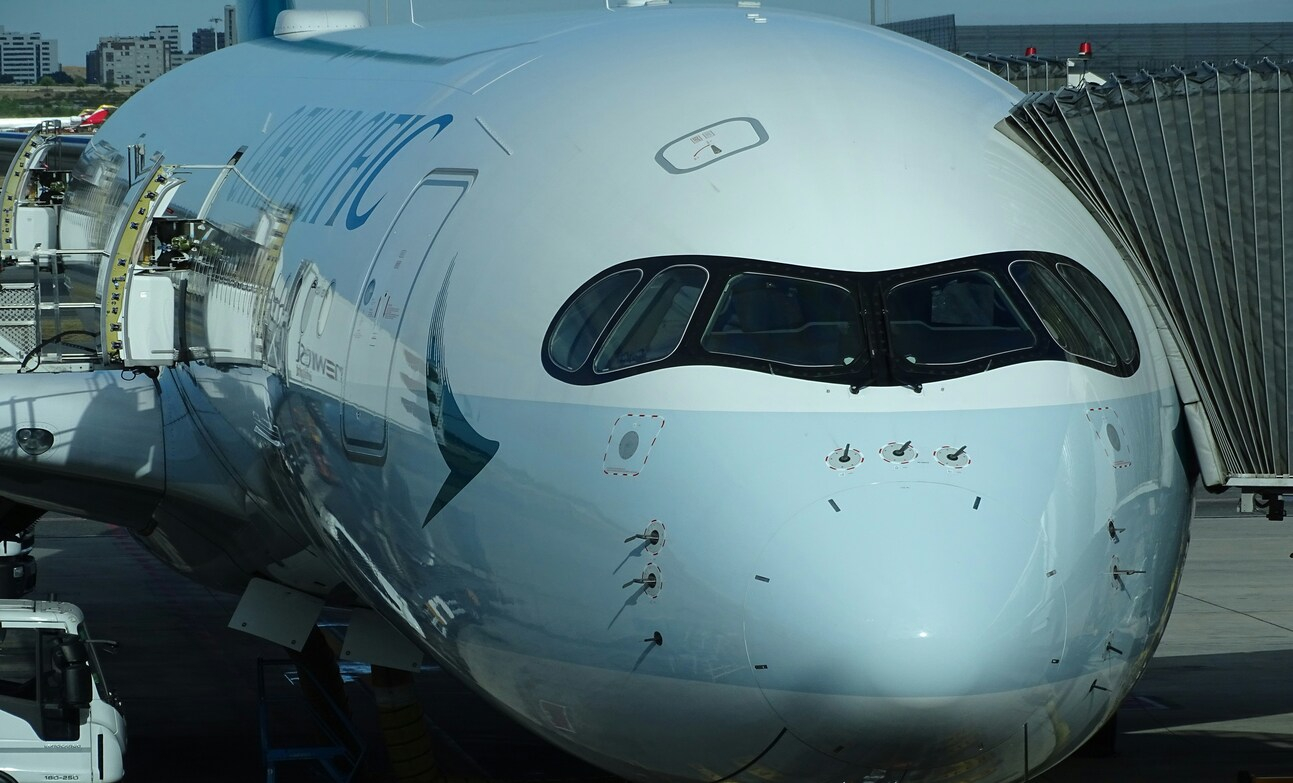The original contract signed in his first term of office called for deliveries of two upgraded Boeing 747-8 aircraft by December of 2024. Recent reports indicate that those deliveries have now been extended to 2027 and 2028, which is in the last years of Trump’s present term.
In response to these setbacks, President Trump stated, “We’re looking at alternatives because it’s taking Boeing too long.” This remark underscores his growing impatience with the aerospace giant’s inability to meet the agreed-upon timelines.
Exploring alternative solutions
To address the delays, the President is exploring the possibility of acquiring used Boeing aircraft from international sellers. This approach aims to replace the aging fleet of two Boeing 747-200 planes, which have been in service for nearly 35 years. Trump emphasized his commitment to this alternative by stating, “We’re looking at alternatives, because it’s taking Boeing too long.”
In considering these options, President Trump has ruled out buying Airbus aircraft as an option and has considered only Boeing models. This is consistent with his need to support American manufacture and interface with the existing fleet.
Financial and contractual implications
The delays have not only affected the timeline but also cost a colossal amount. The fixed-price agreement that was signed to cap expenses at $4 billion has left Boeing running well over $2 billion in additional costs due to higher expenditures and complexity. Supply chain issues and changes to requirements add further pressures to these costs, and subsequent delays to the project.
A White House official emphasized the gravity of the situation by citing the possibility that the program could be delayed even further, to 2029 and perhaps even beyond. Such an estimate is disquieting concerning the maintainability of the current fleet and the requirement for stopgap measures.
Read this now: Direct payments for every taxpayer from DOGE savings: Trump mulls $55 billion dividend
Presidential involvement and oversight
The President’s personal intervention in the project is evidence of his eagerness to hasten the project. He has also met with Boeing management and has extended an invitation to Elon Musk to assist him as head of the Department of Government Efficiency. Musk will oversee coordinating with Boeing towards streamlining the production and removing all the unnecessary specifications that are potentially leading to delays.
Last month, in one such exercise, President Trump had taken a 13-year-old Boeing 747-8 on a tour at Palm Beach International Airport. The intention was to check the weight and capacity of the aircraft if it were to serve as an interim replacement for the current Air Force One fleet. White House Communications Director Steven Cheung remarked on the tour, “President Trump is getting a tour of a new Boeing plane to see the new hardware/technology. This is to highlight the failure of the project to deliver a new Air Force One on schedule as promised.”
Historical context and future considerations
The Air Force One replacement program for the aging aircraft was initiated in 2015 when the US Air Force ordered the acquisition of Boeing 747-8s for use as presidential transport. The aim was to address elevated maintenance and technology obsolescence of the existing planes. Despite efforts by the economy in keeping prices down and economical construction, the program has not been without many challenges, and they have given rise to current delays and price hikes.
Now, the administration is still active in seeking sustainable alternatives to provide timely transportation requirements of the President. Seeking second-hand planes and including industry titans like Elon Musk demonstrates a progressive approach in breaking away from the issues faced by the Air Force One replacement program.
